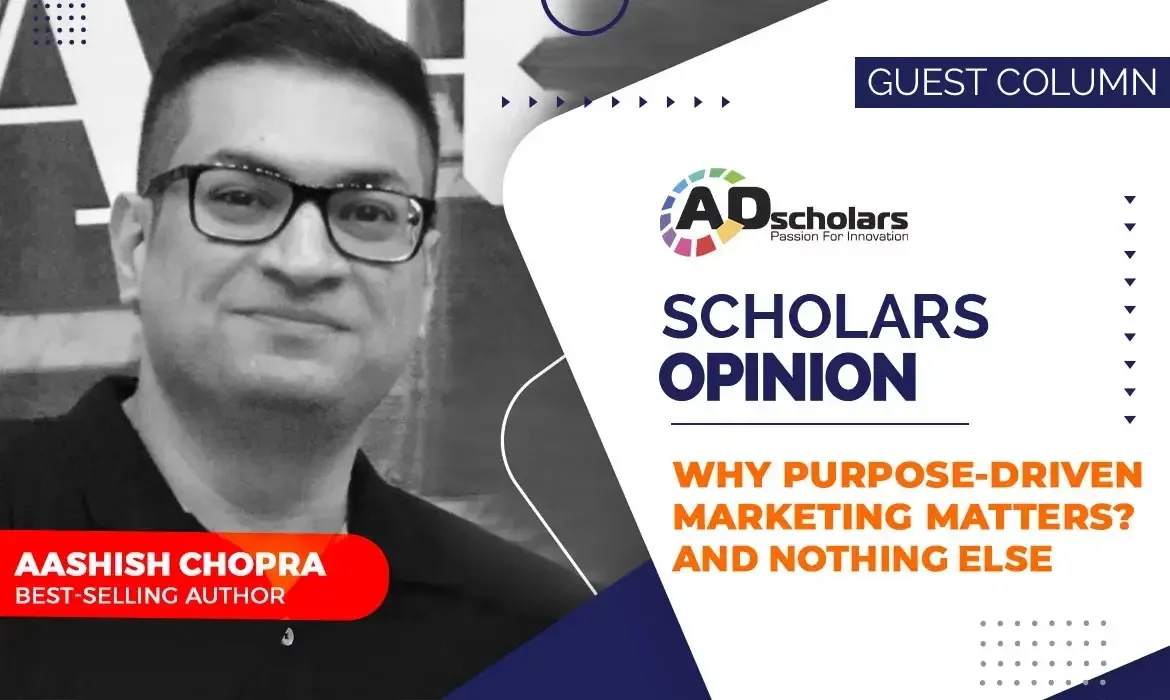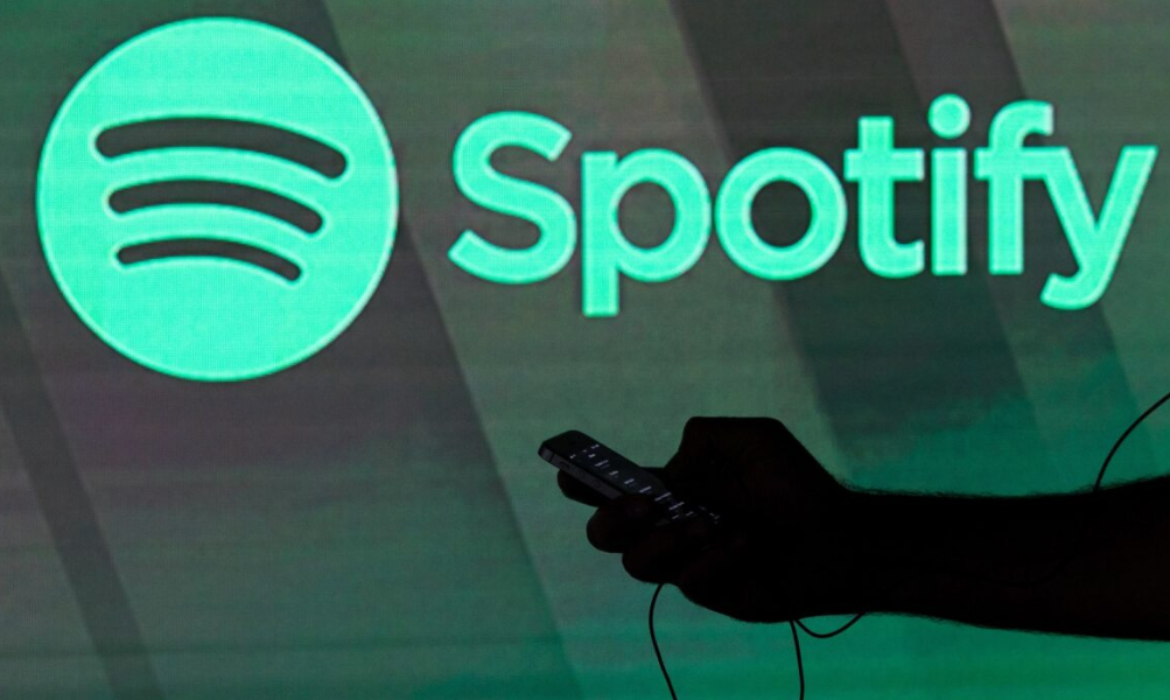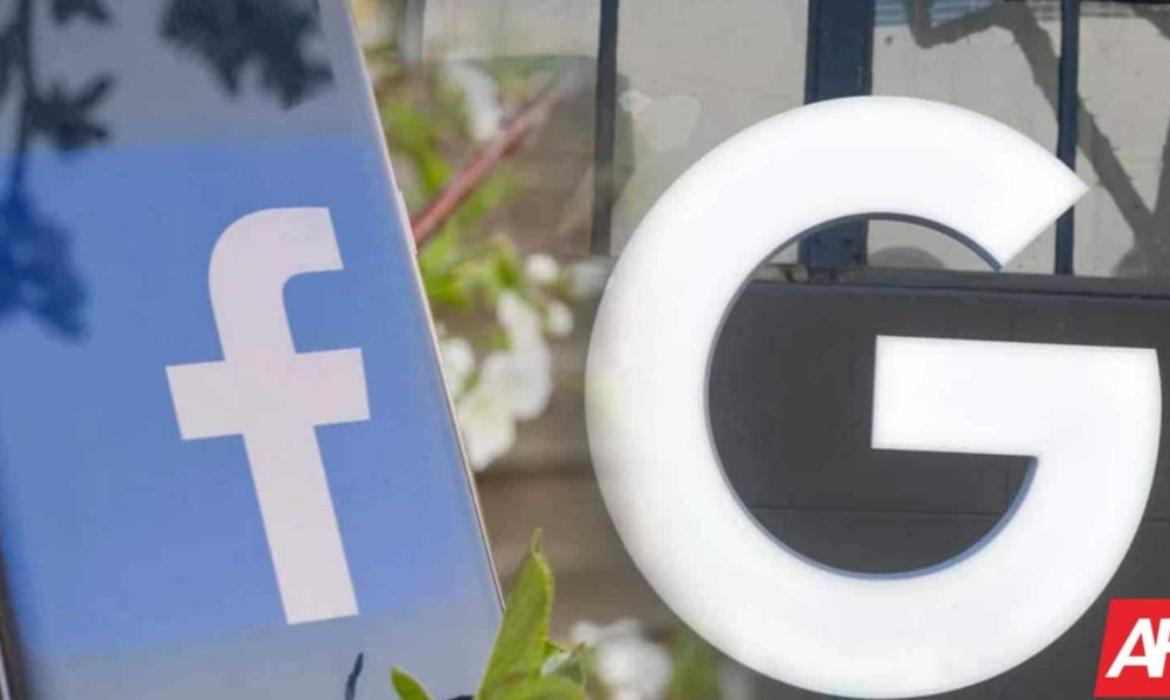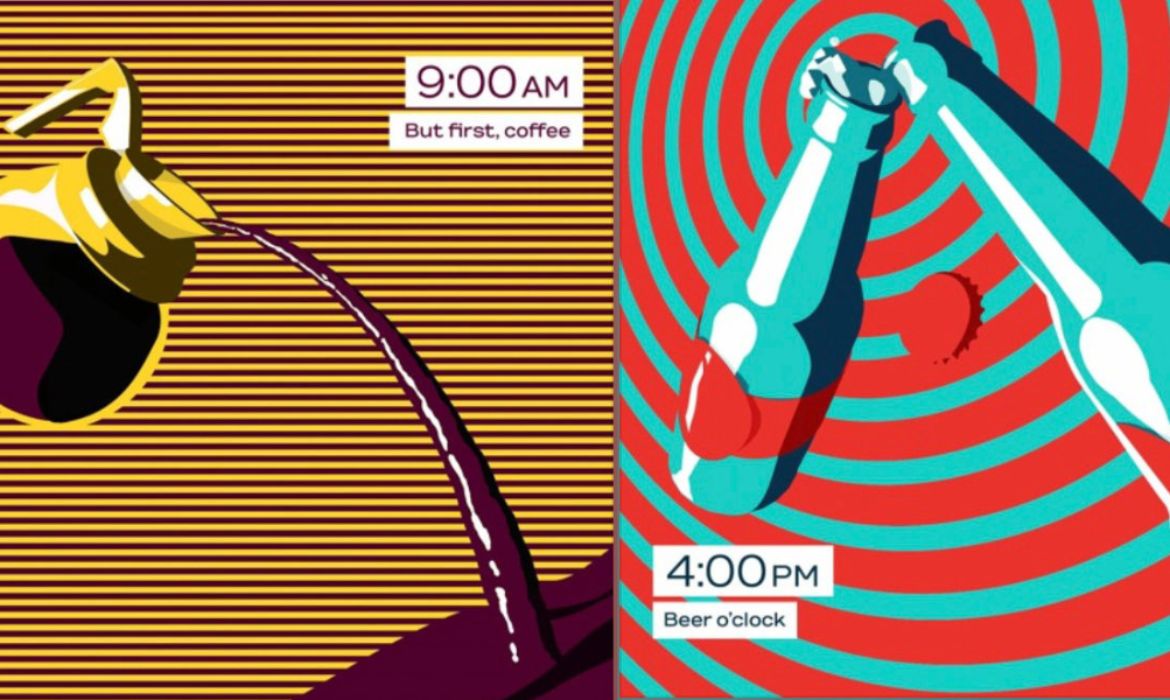Why Purpose-Driven Marketing Matters? And Nothing Else.
Traditionally, marketing has been about grabbing attention and yelling your message in the audience’s faces. The entire advertising game over the decades has been built on recall-recall-recall, from radio jingles to TV ads over the decades. Fast forward to today, and no one gives a sh*t about your ads or your brands. Trust and loyalty must be earned. This is why many startups in the D2C space are competing with big brands, gaining more market share by being more authentic and closer to audiences.
Here are three truths from my experiences, if you want your brand to matter…
1. Define Your Brand DNA:
The fundamental ‘why’ you exist is way bigger than ‘what’ you do. What’s the big reason behind why you do what you do? If it’s just about making money, well, everyone is thinking the same, and audiences don’t give a damn about you trying to lure them. The ‘why’ must originate from how you intend to help and create an impact. And when you define your brand DNA, don’t put it on your wall or slide-decks.. live it.. across functions.. authentically.
2. Branding is Not About Recall:
Gone are the days of bombarding your audience’s eyeballs to drive recall. Everyone and their cousin have moved away from traditional media, so why are your concepts about brands lingering in the past? Branding today is about relevance, not recall. If everyone is spending way more time on their devices, that’s where the party is, and that’s where you need to matter, be relevant, and be part of conversations. The more conversations your content can start to be part of, the more you stay in their lives. It’s not about acquiring customers but building a relationship with them. So next time you review any marketing material going out.. ask.. what conversation will it start or be part of?
3. Don’t Create for the Brand:
Nobody gives a damn about your brand or how shiny your logo is. It’s only you who’s obsessed with it. The goal must be to create share-worthy content (in any form) for the audience. All your marketing must be about your audience and not about you. Not about your USP, not about five product features, not about clients and testimonials (all that works when someone comes looking for you, then it adds credibility). Anything you create in marketing must be share-worthy, engagement-worthy, and in their interest first. Experiment with the IUCTC framework (in the book), which is all about deep diving and getting to know your audience. Create to solve or celebrate the tiniest pain points of your audience, and your brand becomes the conduit through which the content flows, and you turn your audience into brand evangelists who take your content (brand along) to crazy distances.
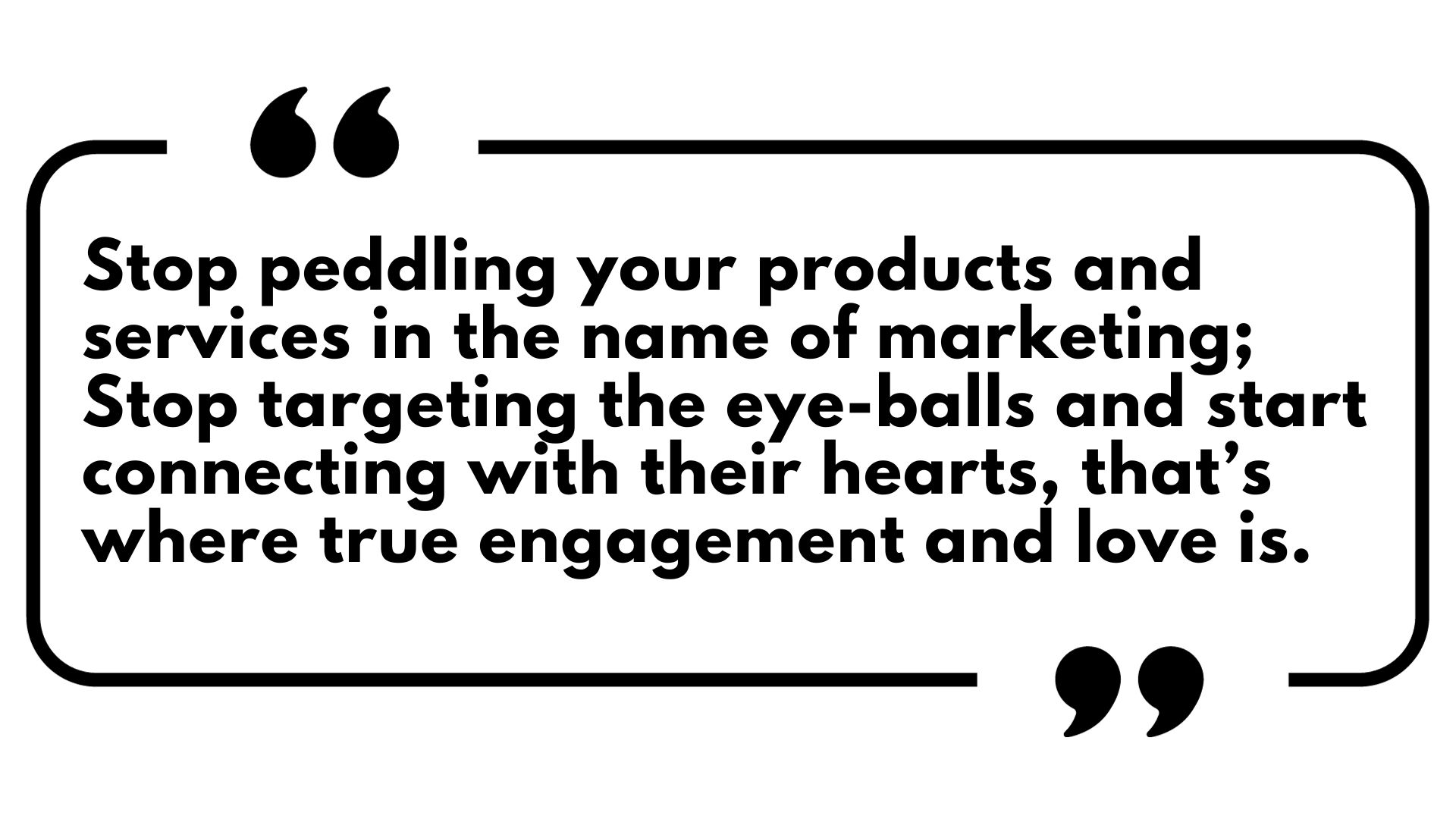
This article is written by Aashish Chopra, Best Selling Author.

Aashish Chopra
Best Selling Author | Viral Video Marketer | Content Marketing | Digital Marketing
Aashish Chopra is a best-selling author of ‘Fast, Cheap and Viral’, An award-winning viral video marketer with 82 viral videos over 9 years. Aashish is passionate about content and believes that in times of declining attention spans and chaotic news-feeds, creativity is the differentiator.”
Spotify Ends The Search For Promo Code With Its In-App Offers Feature
Spotify has recently announced its new feature. It will end customer hustle to search for a promo code online. Customers can buy a subscription of their favourite podcasts with on discounted prices with these promo codes.
Now, the customer will see an embedded link on the podcast. Just by clicking on this embedded link, the customer will be able to avail the promo-code. The link will automatically redirect the customer to advertiser’s website. Once the customer is on the website of the advertiser, the site will automatically detect the promo-code and will show you the discounted price.
/cdn.vox-cdn.com/uploads/chorus_asset/file/20041758/spotifyads.gif)
Image credit – TheVerge
Currently, Spotify is testing its “In-App Offers” feature. It will be a great relief for the consumer. Now, they don’t have to remember the promo code and march from pillar to post to get discounts.
According to Spotify, this is just the beginning of its interactive advertisement. The company states that they are researching for more ways to “create more of a direct funnel for brands.” It will create a strong impact and bring more live audiences to the Spotify platform in search of promo code.
Jay Richman, Head of ads business and platform at Spotify stated,
I think you could start to then piece together what a potential roadmap could look like, just based on the model with which we view this opportunity.
So, it is one step in a larger innovation path to productize the coupon code.
The first test conducted on Harry’s in the United States of America. The podcasts which participated was “Last Podcast on the Left and with Hello Fresh in Germany on the podcast Herrengedeck.” The promo code will be visible to a limited number of listeners. It will be visible only during the campaign time frame.
Spotify started inserting advertisements in podcasts from the month of January. They did this using their Streaming ad insertion technology. This technology is also known as SAI.
SAI inserts ad to the podcasts when people are listening to them. The SAI technology is advance and targets the audience based on their demographic and data-driven synergy.
Now, with SAI, Spotify is planning to expand its advertisement market in the US and some parts of Germany. SAI is a Spotify owned technology and is currently possesses an approximation of 100 monetizable shows.
It will give an upper hand to Spotify in capturing the advertiser market. Hence, it will lead to advertiser’s spending more money. Spotify will make sure that advertisers get better results for their advertisement.
For now, Spotify has opened the window for advertisement on the shows in its purview. Although, there are chances that Spotify might open the gates to the outside world and may charge revenue for the ad sales.
Facebook Denies To Pay Money To News Companies In Australia.
Facebook has declined to pay Australian news agencies after the Australian government forced them to do so. According to Facebook, they would rather prefer to remove the Australian news content rather than paying money to the news companies in Australia.
As per the statement stated by Facebook, “The amount of content of Australian news contributes a very nominal part in a user news feed”. Hence, they don’t feel liable to pay a hefty amount to Australian news companies.
In a statement, they stated, “If there were no news content available on Facebook in Australia, we are confident the impact on Facebook’s community metrics and revenues in Australia would not be significant,”
This came as a threat from Facebook. Hence, could be an indication to boycott Australian news companies.
Further, they stated: “Given the social value and benefit to news publishers, we would strongly prefer to continue enabling news publishers’ content to be available on our platform,”
During these critical times, news industries are facing tough times. Most of the news industry across the globe has lost its advertisement revenue in print media. This was the most effective source of income for news industries. Many of the print newspapers were surviving on this resource of earning.
Looking at the critical condition of news companies, the Australian government intervened. They asked Google and Facebook to pay for the news content from the Australian news companies, which they share on their platform.
However, Nine Entertainment and Rupert Murdoch’s News Corp, are two of the Australian biggest media companies who are pushing this issue.
According to them, the financial crisis that News industries are suffering is due to the tech giants like Facebook, Google and other similar firms. They state that most of the advertisement revenue is digested by these tech firms and News industries are suffering severely due to this by gaining nothing.
As stated, coronavirus caused bankruptcy, in the news organizations. Several print editions had to close their shops.
Even in Australia, every major media house fired employees to save cost. Nearly 170 newspaper and newsroom shuttered or got suspended.
The ACCC, Australian’s competition regulatory, calculated that Facebook and Google combined earned around 6 billion Australia dollar(4 billion US dollar) in a year from advertising in Australia.
In a fair deal, leading newspapers demand at-least 10% of that amount to be paid to them each year.
Last year, this demand was rejected by Google by stating that they earned 10 million Australian dollars a year only by the news linked advertisement.
The two media companies are strongly relying on the facts presented by the ACCC. Also, the ACCC is hoping to find a resolution to this situation.
The ACCC aims to find a common ground between tech firms and media houses. It aims to establish a “Code of conduct” to help the two in curbing disinformation, sharing revenue, protecting user privacy and sharing data.
The ACCC is instructed to resolve this by the end of July. As soon as ACCC find a resolution, the Australian government will implement the final code.
Wunderman Thompson Brings Agency Office Buzz To Employee’s Homes.
COVID-19 has compelled the world into self-isolation which means working from home indefinitely- which is challenging for highly collaborative and creative industries like marketing and advertising. Technology bridges the gap of connectivity but nothing can replace the buzz that comes from working in a busy agency. Therefore, Wunderman Thompson Canada is keeping you company with the ambient noise of an agency office from the pre-pandemic times.
The 8-hour soundtrack spans from 9 a.m coffee to 4 p.m happy hours, every elevator ping, chatter, and email notifications of a typical office day, recorded by the agency’s remote employees. The audio is called ‘Isolation Station’ on SoundCloud and is hoping that this tracklist might recreate the familiar and nostalgic buzz which will help employees feeling sick of working from home in the pandemic, get the feel of a more productive setting. Even the track names remind of office life with titles such as “But first, coffee” and “Beer o’clock”.
Wunderman Thompson Canada executive creative director Ari Elkouby said that they tapped real Wunderman Thompson Canada employees to record themselves having conversations with colleagues over Microsoft Teams and on their mobile devices to make the soundtrack truly authentic.
“We created a story map over the course of eight hours and got employees to contribute to different parts of the day. That dialogue was mixed over an audio bed of office ambient sounds to complete the track.”
Ari Elkouby also mentioned that Isolation can be scary and less ideal for many, however, this is to show the team and industry that we are together and provides much-needed comfort in a creative and fun way. Who knew that a conference room discussion meet can be so nostalgic?
This is similar to a campaign from the New York Public Library, in which the sounds of the bustling New York City were recreated.
This is also an interesting read: Noise-O-Meter By Bose Rewards Rising Noise Level With Discounts On Its Headphones.

